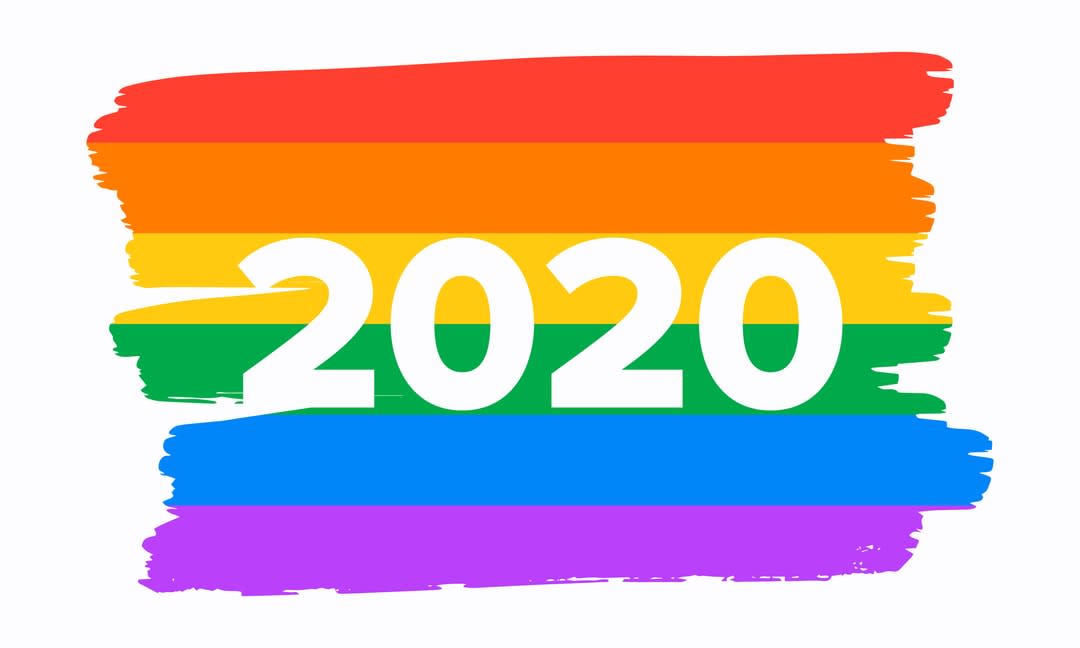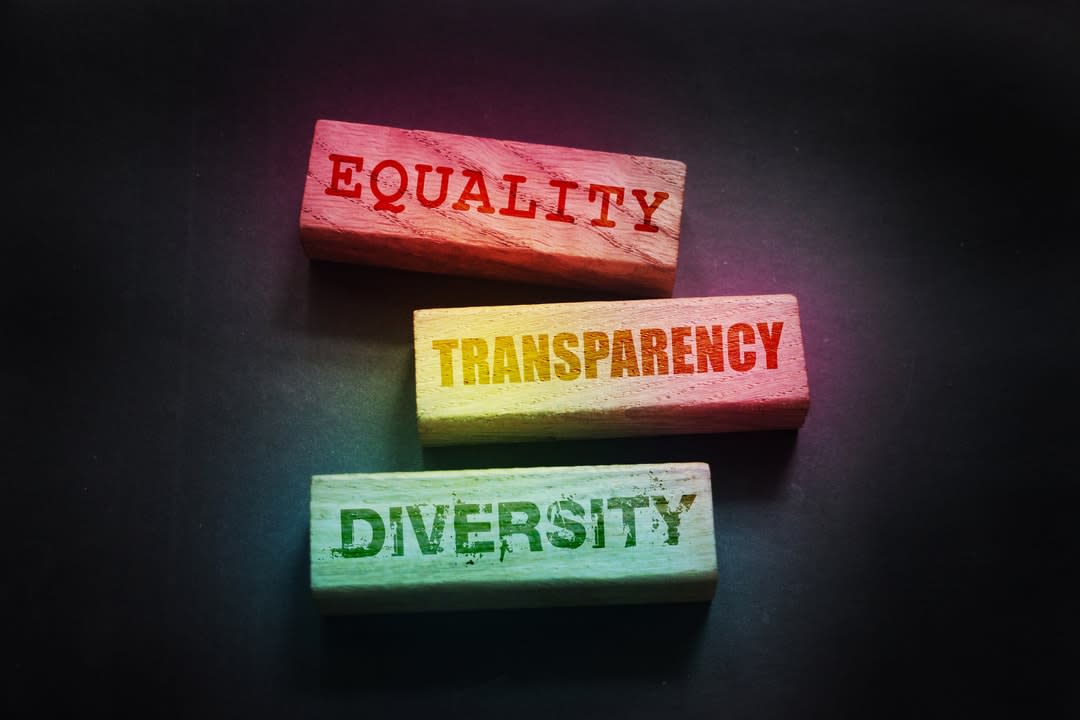Discrimination is difficult to dislodge, and depending on where you live, it's having serious health implications for Australians living in same-sex relationships.
Despite the landmark same-sex marriage survey result in December 2017 that, after a long and bitter campaign, led to a change of the wording of the 1961 Marriage Act, from the "union of a man and a woman to the exclusion of all others”, to the "union of two people to the exclusion of all others", LGBTQI+ people continue to experience discrimination, harassment and violence.
More than 12 million Australians took part in the voluntary postal survey, and 61.6 per cent of them voted in favour of same-sex marriage.
It was, by any measure, a definitive result, and yet, LGBTQI+ Australians continue to experience human rights challenges and poorer health than their heterosexual peers.
Read more: Same-sex marriage: Australia finally achieves equality, but there's more to be done
In its 2020 update, the National LGBTIQ Health Alliance said: “Although many lesbian, gay, bisexual, transgender and intersex (LGBTI) Australians live healthy and happy lives, research has demonstrated that a disproportionate number experience poorer mental health outcomes, and have higher risk of suicidal behaviours than their peers.
“These health outcomes are directly related to experiences of stigma, prejudice, discrimination and abuse on the basis of being LGBTI.”

Specifically chosen to commemorate the day that the World Health Organisation declassified homosexuality as a mental disorder, this Sunday – 17 May – marks the International Day Against Homophobia, Biphobia, Intersexphobia and Transphobia (IDAHOBIT). While this week celebrates our diverse community and how far we’ve come, it's also important to reflect on the persistent challenges the LGBTQI+ community experiences in Australia today.
Released this week, our new study shows that when sexual minorities live in regions of high stigma, not only is their heath affected, but so too is their healthcare use.
Along with my co-authors, Dr Sonja de New and Associate Professor Dennis Petrie, from the Monash University Centre for Health Economics, we show that as structural stigma increases, compared to their heterosexual peers, Australians in same-sex relationships:
- are less likely to visit the doctor, and use fewer GP and pathology services if they do;
- use more scripts for mental health disorders (such as antidepressants and anti-anxiety medication); and
- are more likely to report having a disability or to have received disability support payments.
With the ongoing discussions surrounding the Religious Discrimination Bill – which would effectively allow healthcare providers to refuse treatment based on religious grounds – this study highlights some of the real-life consequences of discrimination of the LGBTQI community.
So, how does this discrimination lead to poorer health?
Sexual minorities living in regions with increased stigma more frequently experience sexual-orientation-specific discrimination, abuse, and victimisation.
Read more: Religious freedom, same-sex marriage and Australia's Constitution
There are a few ways this stigma and “minority stress” can then lead to poorer health.
First of all, it can happen directly, whereby chronic exposure to stress can cause physiological stress responses to kick in and lead to “psychopathology” (for example, think about the link between stress and high blood pressure).
Stress can also lead to poorer health in a more indirect way; through, for example, increased alcohol or drug use.
Further, our study supports the hypothesis that sexual minorities experiencing actual or perceived discrimination – within society or the healthcare system – are less likely to seek healthcare.
Together, this points towards the fact that stigmatisation of sexual minorities leads to poorer health. In combination with reduced primary healthcare use, it's likely that this might in turn cause worsening of health, and increased use of acute care services later on (for example, hospitalisations).
What our study shows
Using the regional percentage of votes against same-sex marriage (that is, “no votes”) from the 2017 Australian Marriage Law Postal Survey as a measure of structural stigma, we estimated how this stigma affected healthcare use in a sample of more than 80,000 Australians in same-sex relationships.
Specifically, we find that compared to their heterosexual peers, individuals in same-sex relationships living in regions with less support for same-sex marriage visit the GP less often, use more scripts for mental health disorders (such as antidepressants and anti-anxiety medication), and are more likely to report having a disability or to have received disability support payment.
Read more: The enduring significance of Pride
In high-stigma regions, men in same-sex relationships also use less pathology-related medical care (including STI-tests, HIV meds, etc) – indicating that gay men in stigmatised regions may be less comfortable discussing their specific sexual health needs with primary care providers, and potentially less aware of/adherence to HIV-related medication.
Where to from here?
Our study suggests that although sexual minorities in stigmatised regions are in poorer health, they're less likely to use primary healthcare services and access the care they need.
This highlights a need to embed more LGBTQI+-inclusive practices in the primary care setting, especially in regions with more “no votes”.

More broadly, ongoing efforts to reduce stigmatisation of sexual minorities, such as bolstering protections through anti-discrimination laws, are likely to play important roles in bridging the persistent sexual minority health gap.
Although the legalisation of same-sex marriage in 2017 was a positive step forward for LGBTQI+ rights, Australia still has a long way to go when it comes to reducing stigmatisation of sexual minorities.
The looming discussions around the Religious Discrimination Bill should note that passing such discriminatory policies are likely to have significant ramifications for members of the LGBTQI+ community who are already in poorer health and less likely to engage with primary healthcare.
Click here to read the "Structural stigma and sexual orientation disparities in healthcare use: evidence from Australian Census-linked-administrative data" study report.







